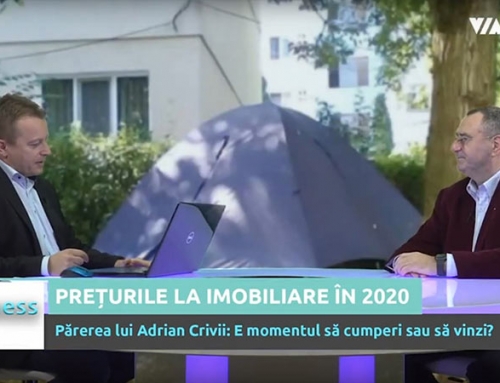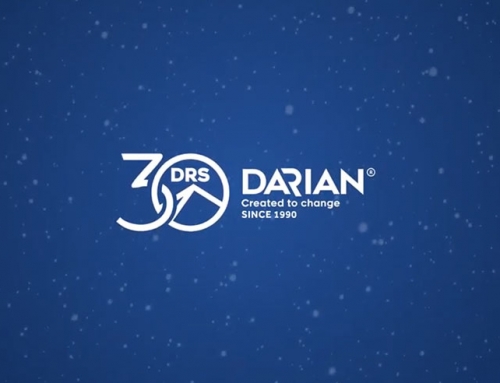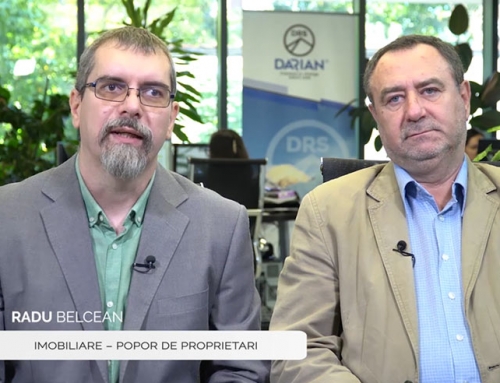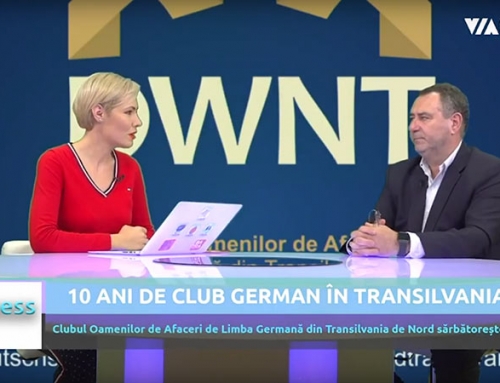With the introduction of the new order on transfer pricing documentation requirements (Order no. 442/2016 of the Presidentof ANAF), certain additions were introduced to the previous order (no. 222/2008), but some new provisions also appeared, provision which were discussed by the AmCham.
The main benefits of the new provisions are:
- It establishes a greater clarity of how to adjust/estimate the transfer prices,by using theconcept of comparison range, which impliesa benchmarkingstudy, and by providinginstructions for situations where not more than three comparable market values are identified– the previous approach used the arithmetic mean of three similar transactions, without taking into consideration if there are more or less valuesregarding the market;
- It limits the information whose absence leads to the consideration that the transfer pricing file as incomplete (“the lack the data needed by tax auditors to determine whether thetransfer prices charged are in line with the arm’s length principle”) –in the previous approach, there was no limitation and a documentation could have been considered incomplete in the absence of any item of those required.
The provisions of Order no. 442/2016 apply to all tax inspections initiated after 1 January 2016. For tax audits commenced earlier,the provisions of the old order (no. 222/2008)still apply.At this time, it remains under discussion what will happen with the documentations already made by companies before the entry into force of the new requirements. The additional informationrequired by the new provisions isnot significant, but may be subject to requests for additional information during a tax audit.
The materiality thresholds specified at art. 2, which aremandatoryfor preparing the contemporary transfer pricing documentation, are applied separately for each category of transactions specified in the Order no. 442/2016 (interest, servicesandtangible or intangible goods) and separately for purchases and sales. Thus, the contemporary documentation is only required for the category of transactions which exceeded the materiality threshold and not for all transactions undertaken with related parties. Still, aspects related to profitability must still be analysed (in terms of time spent for organising the information and costs for drafting and harmonization of many separate documents) in regard to preparing in several stages the documentation for a single financial year.
Materiality thresholdsbelow which a taxpayer could prepare a simplified transfer pricing documentationwere also introduced. At the moment, the law does not state what should be included in such a simplified. Therefore, a complete transfer pricing documentation should be prepared even in this case.
As a final important aspect introduced by Order no. 442/2016, the possibility of using annual or multiannual data for analysed comparables was introduced expressly, and the taxpayer must only provide arguments for the approach taken. For the analysis of the date regarding the analysed company, the annual approach is still required.
Using multiannual data to determine the market trendis the preferred approach at EU Joint Transfer Pricing Forum level.



Suntem soluția eficientă în oferirea de servicii complexe de evaluare și consultanță pentru clienții corporativi. Echipa noastră de specialiști asistă clienții în soluționarea diverselor spețe cu impact fiscal.






